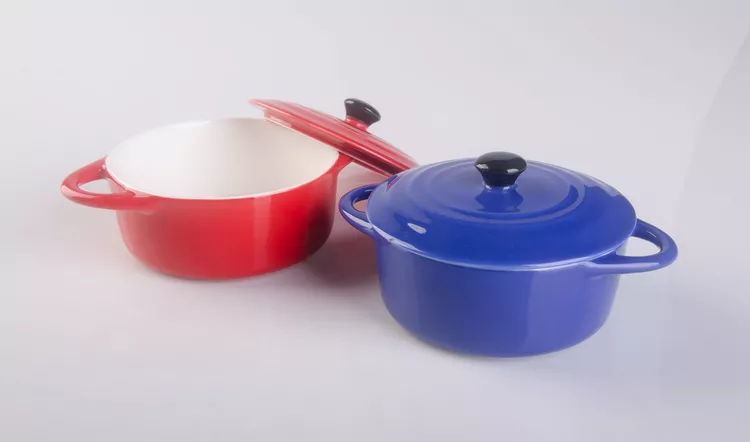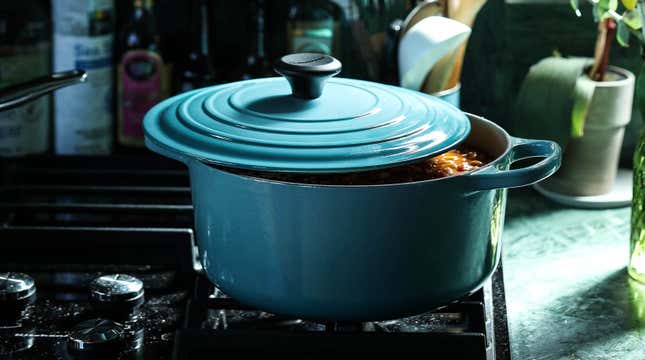Your Dutch oven is a versatile kitchen tool that’s a favorite among cooks for its ability to evenly distribute heat. However, maintaining its pristine condition requires proper care, especially when it comes to cleaning its enamel. Learning how to clean dutch oven enamel is essential for extending the life of this valuable cooking implement.

Why Clean Dutch Oven Enamel Carefully?
The enamel coating of a Dutch oven is designed to protect the cast iron core while providing a non-stick surface for cooking. Missteps in cleaning can damage this valuable layer, leading to rust and compromised cooking performance. For house owners and renters, ensuring that your Dutch oven remains in excellent condition is both practical and economical.

Tools You’ll Need
- Soft sponge or cloth
- Plastic scraper
- Baking soda
- White vinegar
- Mild dish soap

Step-by-Step Guide
Step 1: Let It Cool
Allow your Dutch oven to cool completely before cleaning. Plunging a hot pot into cold water can cause thermal shock, potentially cracking the enamel.
Step 2: Remove Food Residue
Using a plastic scraper or a soft sponge, remove any stuck-on food. Avoid metal scrubbers, as they can scratch the enamel surface.
Step 3: Soak in Baking Soda Solution
Fill the Dutch oven with warm water and add a few tablespoons of baking soda. Let it soak for at least 15 minutes to loosen stubborn residue.
Step 4: Add White Vinegar
After soaking, pour a cup of white vinegar into the baking soda solution. This combination will foam and help lift any remaining grime.
Step 5: Scrub Gently
Using a soft sponge, scrub the interior gently. For tougher spots, use a plastic scraper. Avoid using harsh chemicals or abrasive materials.
Step 6: Rinse and Dry
Rinse thoroughly with warm water to remove all traces of cleaning agents. Dry your Dutch oven completely with a soft cloth to prevent water spots and rust.

Maintaining Your Dutch Oven
Regular Inspection
Inspect your Dutch oven regularly for chips, cracks, or rust. Early detection allows for prompt repair or replacement if necessary.
Avoid High Heat
Enamel is durable but can crack under extreme temperatures. Avoid preheating an empty Dutch oven, and do not use high heat settings on the stovetop.
Use Proper Utensils
Stick to wooden, silicone, or plastic utensils to avoid scratching the enamel surface. Metal utensils can cause significant damage over time.
Food Network’s Tips for Cast Iron
For additional cooking tips relating to Dutch ovens and cast iron, check out this page.
Common Mistakes to Avoid
Skipping the Soak
Skipping the soak can make scrubbing more laborious and less effective. Its a simple step that saves time and elbow grease.
Using Abrasive Materials
Avoid using abrasive sponges or cleaners. They can scratch the enamel, leading to long-term damage.
Not Drying Properly
Failing to dry your Dutch oven thoroughly can result in water spots and rust, particularly on the edges where the enamel is thin or missing.
FAQs
How often should I clean my Dutch oven?
Clean your Dutch oven after each use to maintain its performance and appearance.
What should I do if my Dutch oven’s enamel is chipped?
If the enamel is chipped, consider contacting the manufacturer for repair or replacement options.
Can I use metal utensils in my Dutch oven?
It is best to use wooden, silicone, or plastic utensils to prevent scratching the enamel.
As an Amazon Associate, I earn from qualifying purchases.
Additional Resources
To learn more about cooking with Dutch ovens, you can explore these additional resources:
As an Amazon Associate, I earn from qualifying purchases.

